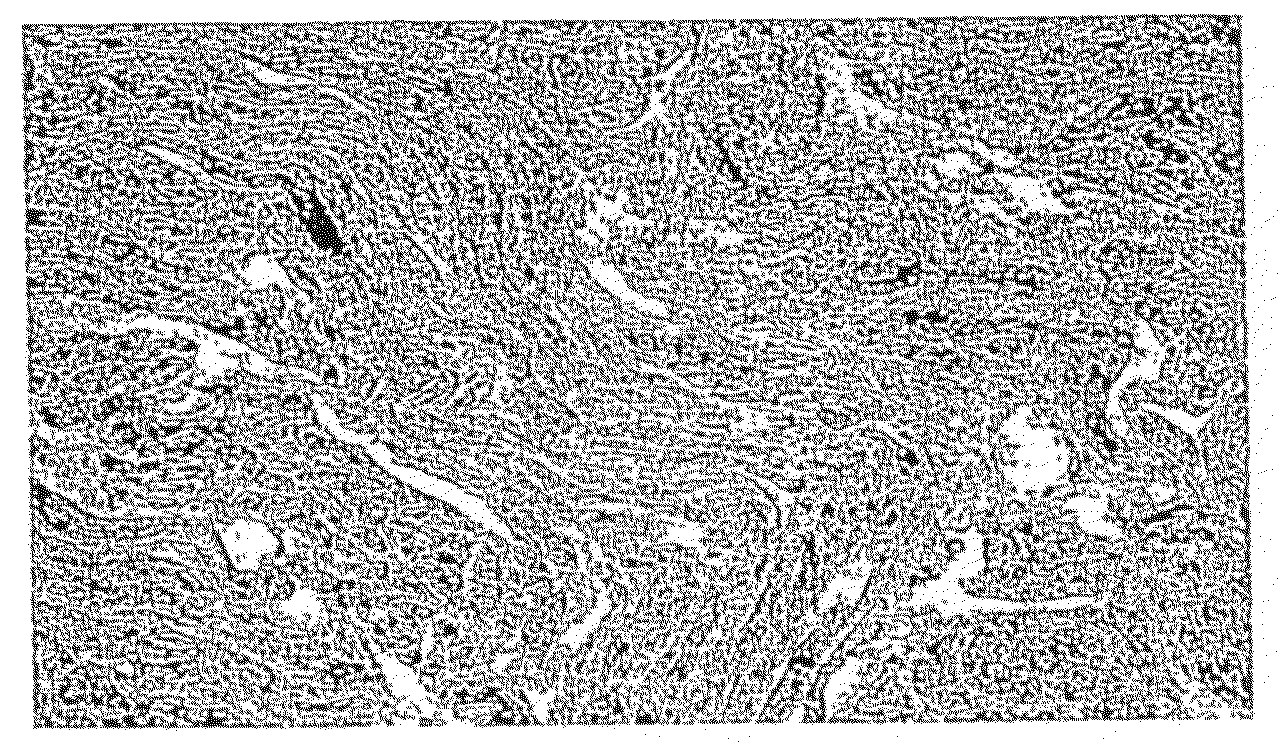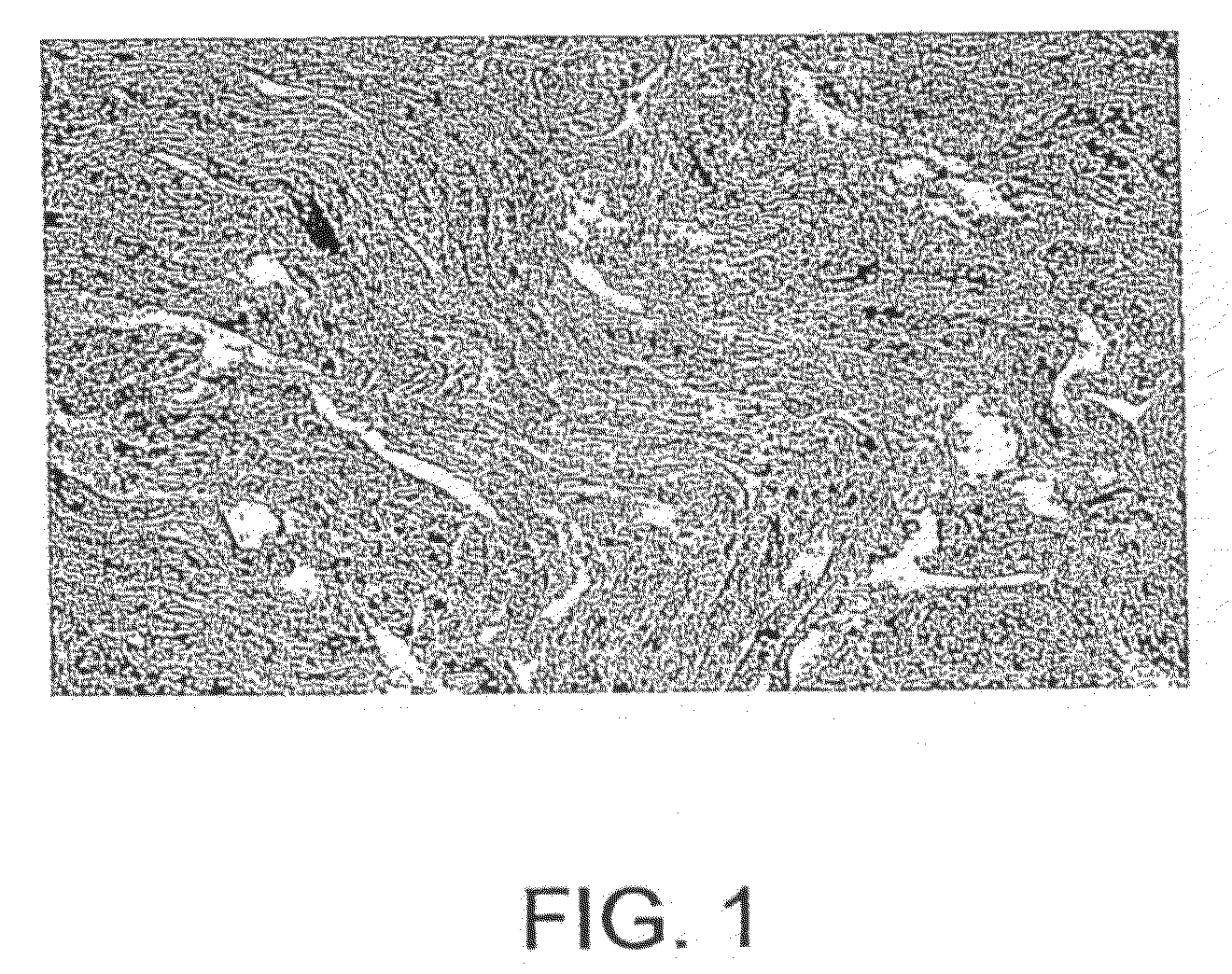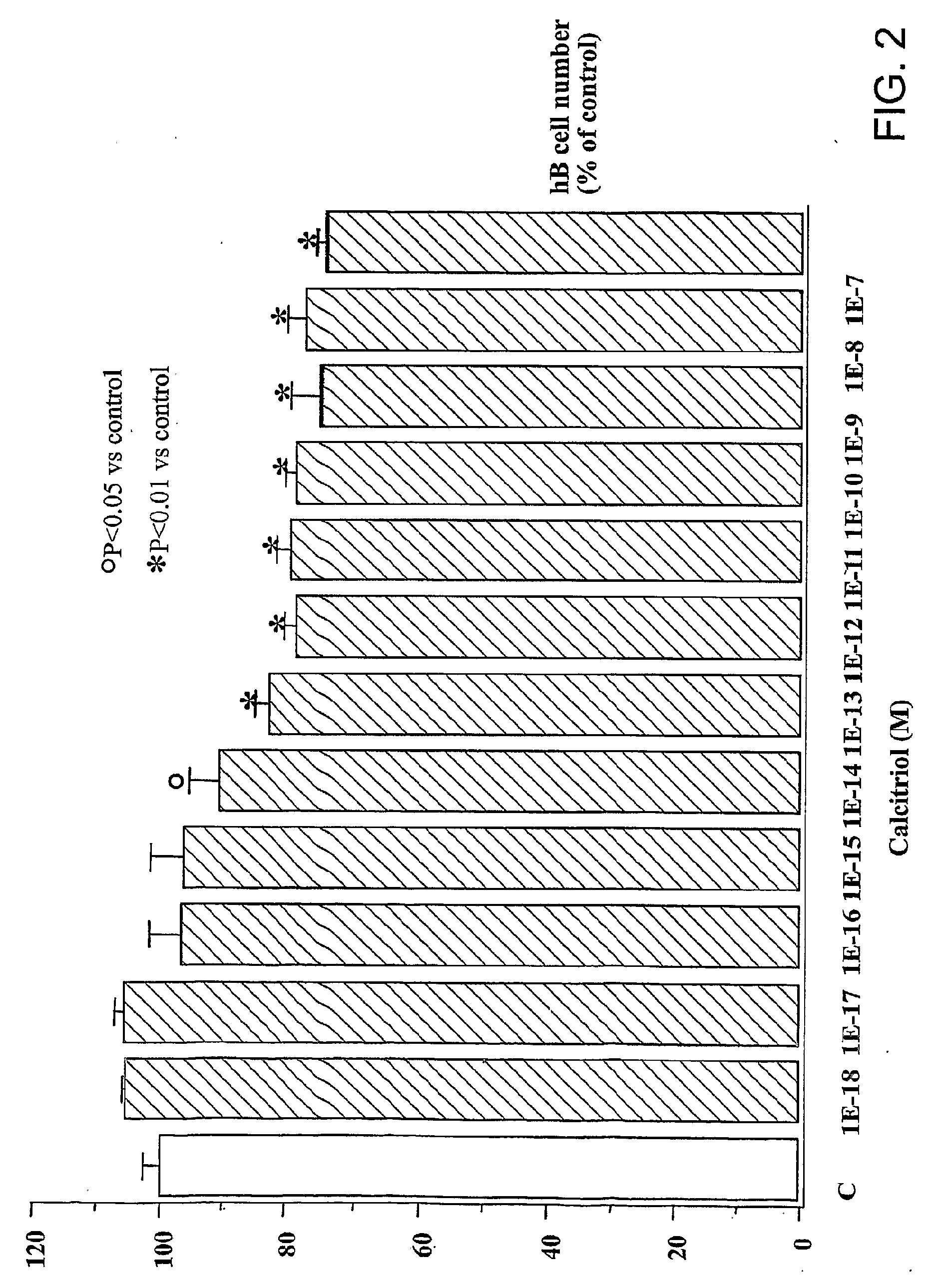20-Cyclopropyl, 26,27-Alkyl/Haloalkyl Vitamin D3 Compounds and Methods of Use Thereof
- Summary
- Abstract
- Description
- Claims
- Application Information
AI Technical Summary
Benefits of technology
Problems solved by technology
Method used
Image
Examples
example 1
[0266]Synthesis of (3aR,4S,7aR)-7a-Methyl-1-[1-(4-hydroxy-4-methyl-pent-2-ynyl)-cyclopropyl]-3a,4,5,6,7,7a-hexahydro-3H-inden-4-ol
[0267]To a stirred solution of (3aR,4S,7aR)-1-{1-[4-(tert-Butyl-dimethyl-silanyloxy)-7a-methyl-3a,4,5,6,7,7a-hexahydro-3H-inden-1-yl])-cyclopropyl}-ethynyl (1.0 g, 2.90 mmol) in tetrahydrofurane (15 mL) at −78° C. was added n-BuLi (2.72 mL, 4.35 mmol, 1.6M in hexane). After stirring at −78° C. for 1 h., acetone (2.5 mL, 34.6 mmol) was added and the stirring was continued for 2.5 h. NH4Claq was added (15 mL) and the mixture was stirred for 15 min at room temperature then extracted with AcOEt (2×50 mL). The combined extracts were washed with brine (50 mL) and dried over Na2SO4. The residue after evaporation of the solvent (2.4 g) was purified by FC (50 g, 10% AcOEt in hexane) to give (3aR,4S,7aR)-5-{1-[4-(tert-Butyl-dimethyl-silanyloxy)-7a-methyl-3a,4,5,6,7,7a-hexahydro-3H-inden-1-yl]-cyclopropyl}-2-methyl-pent-3-yn-2-ol (1.05 g, 2.61 mmol) which was treate...
example 2
Synthesis of (3aR,4S,7aR)-7a-Methyl-1-[1-(4-hydroxy-4-methyl-pent-2Z-enyl)-cyclopropyl]-3a,4,5,6,7,7a-hexahydro-3H-inden-4-ol
[0269]
[0270]The mixture of (3aR,4S,7aR)-7a-Methyl-1-[1-(-4-hydroxy-4-methyl-pent-2-ynyl)-cyclopropyl]-3a,4,5,6,7,7a-hexahydro-3H-inden-4-ol (0.72 g, 2.50 mmol), ethyl acetate (10 mL), hexane (24 mL), absolute ethanol (0.9 mL), quinoline (47 μL) and Lindlar catalyst (156 mg, 5% Pd on CaCO3) was hydrogenated at room temperature for 2 h. The reaction mixture was filtered through a celite pad and the pad was washed with AcOEt. The filtrates and the washes were combined and washed with 1M HCl, NaHCO3 and brine. After drying over Na2SO4 the solvent was evaporated and the residue (0.79 g) was purified by FC (45 g, 20% AcOEt in hexane) to give the titled compound (640 mg, 2.2 mmol, 88%).
example 3
Synthesis of (3aR,4S,7aR)-7a-Methyl-1-[1-(4-hydroxy-4-methyl-pentyl)-cyclopropyl]-3a,4,5,6,7,7a-hexahydro-3H-inden-4-ol
[0271]
[0272]The mixture of (3aR,4S,7aR)-7a-Methyl-1-[1-(4-hydroxy-4-methyl-pent-2Z-enyl)-cyclopropyl]-3a,4,5,6,7,7a-hexahydro-3H-inden-4-ol (100 mg, 0.34 mmol), 1,4-bis(diphenyl-phosphino)butane 1,5 cyclooctadiene rhodium tetrafluoroborate (25 mg, 0.034 mmol), dichloromethane (5 mL) and one drop of mercury was hydrogenated using Paar apparatus at room temperature and 50 p.s.i. pressure for 3 h. The reaction mixture was filtered through Celite pad, which was then washed with ethyl acetate. The combine filtrates and washes were evaporated to dryness (110 mg) and purified by FC (10 g, 20% AcOEt in hexane) to give the titled compound (75 mg, 0.26 mmol, 75%). [α]30D=−8.5 c 0.65, CHCl3. 1H NMR (CDCl3): 5.37 (1H, m,), 4.14 (1H, m), 2.37-1.16 (17H, m), 1.19 (6H, s), 1.18 (3H, s), 0.66-0.24 (4H, m);
[0273]MS HREI Calculated for C19H32O2 M+H 292.2402. Observed M+H 292.2404.
PUM
 Login to View More
Login to View More Abstract
Description
Claims
Application Information
 Login to View More
Login to View More - R&D
- Intellectual Property
- Life Sciences
- Materials
- Tech Scout
- Unparalleled Data Quality
- Higher Quality Content
- 60% Fewer Hallucinations
Browse by: Latest US Patents, China's latest patents, Technical Efficacy Thesaurus, Application Domain, Technology Topic, Popular Technical Reports.
© 2025 PatSnap. All rights reserved.Legal|Privacy policy|Modern Slavery Act Transparency Statement|Sitemap|About US| Contact US: help@patsnap.com



